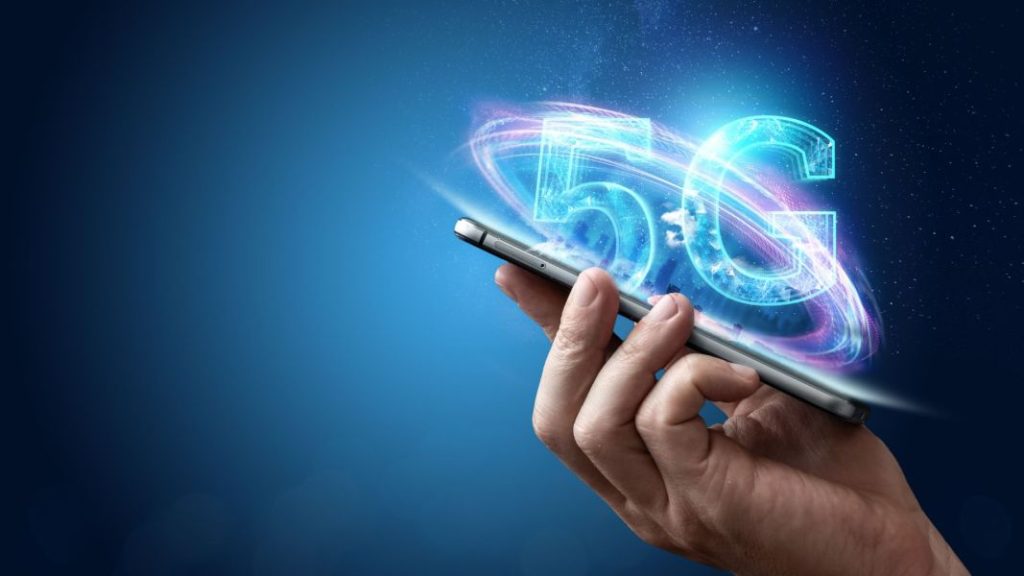5G mobile network speed is a major driver for IoT, machine-to-machine communication, smart cities, self-driving cars, and other new technologies that require high network performance and reliability.
This article explores the complexities and challenges involved in accurately assessing 5G performance.

Device Interference
Interference from other devices can affect the accuracy of 5G measurements. It originates not only from traditional sources but also from beam interference from co-sited and non-co-sited beams.
Multi-band devices supporting sub-6 GHz and mmW frequencies particularly interfere. The challenge in 5G testing is understanding how a device’s performance is affected by interference from itself and other sources, such as beam interference.
Handset Positioning
Another challenge in measuring 5G speed accurately is positioning the handset in relation to the base station. The user’s equipment’s orientation and mobility can have a major impact on signal strength and quality.
Everyday movements, shifts, and orientation changes could disrupt the connection between the handset and the base station, reducing overall performance. To address these real-world challenges, testing environments often need real people who can accurately perform everyday actions.
Lack of Advanced Equipment
Among the primary challenges is the requirement for advanced testing equipment capable of handling complex waveforms and high-frequency bands connected to 5G. Conventional testing instruments might not be able to reliably evaluate these networks’ performance, which might result in incorrect results and ineffective troubleshooting.
Moreover, you can also verify 5G speeds directly on Speed Test.
Complexity of 5G Networks
The complexity of 5G networks, with their multiple frequency bands, massive MIMO technology, and varied network architecture, presents challenges in measuring speeds accurately. These variables can affect test results, making it difficult to evaluate real-world performance. Comprehensive and standardized testing methods are necessary for consistency and reliability.
At Speed One, accurately test your broadband speed on a 5G network, despite interference from diverse frequency bands and massive MIMO technology.
High-Density 5G Networks
Another challenge in the precise measurement of 5G speed is the high scale and density of 5G networks. With a significantly vast number of connected devices and increased network traffic, it becomes challenging to measure 5G speeds.
Network operators and equipment manufacturers need to invest in scalable and automated testing solutions to overcome these challenges.

Founder Dinis Guarda
IntelligentHQ Your New Business Network.
IntelligentHQ is a Business network and an expert source for finance, capital markets and intelligence for thousands of global business professionals, startups, and companies.
We exist at the point of intersection between technology, social media, finance and innovation.
IntelligentHQ leverages innovation and scale of social digital technology, analytics, news, and distribution to create an unparalleled, full digital medium and social business networks spectrum.
IntelligentHQ is working hard, to become a trusted, and indispensable source of business news and analytics, within financial services and its associated supply chains and ecosystems










